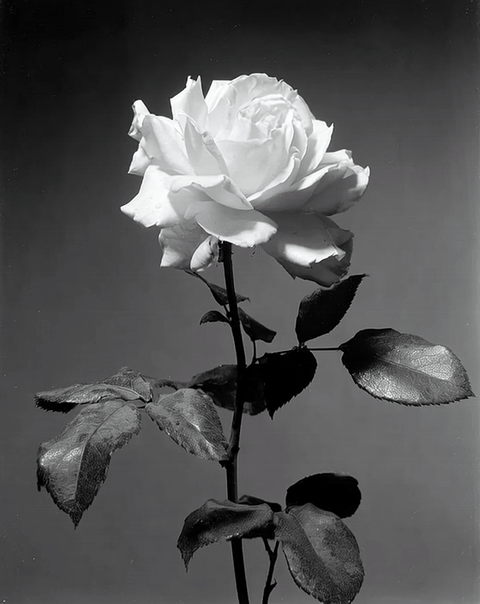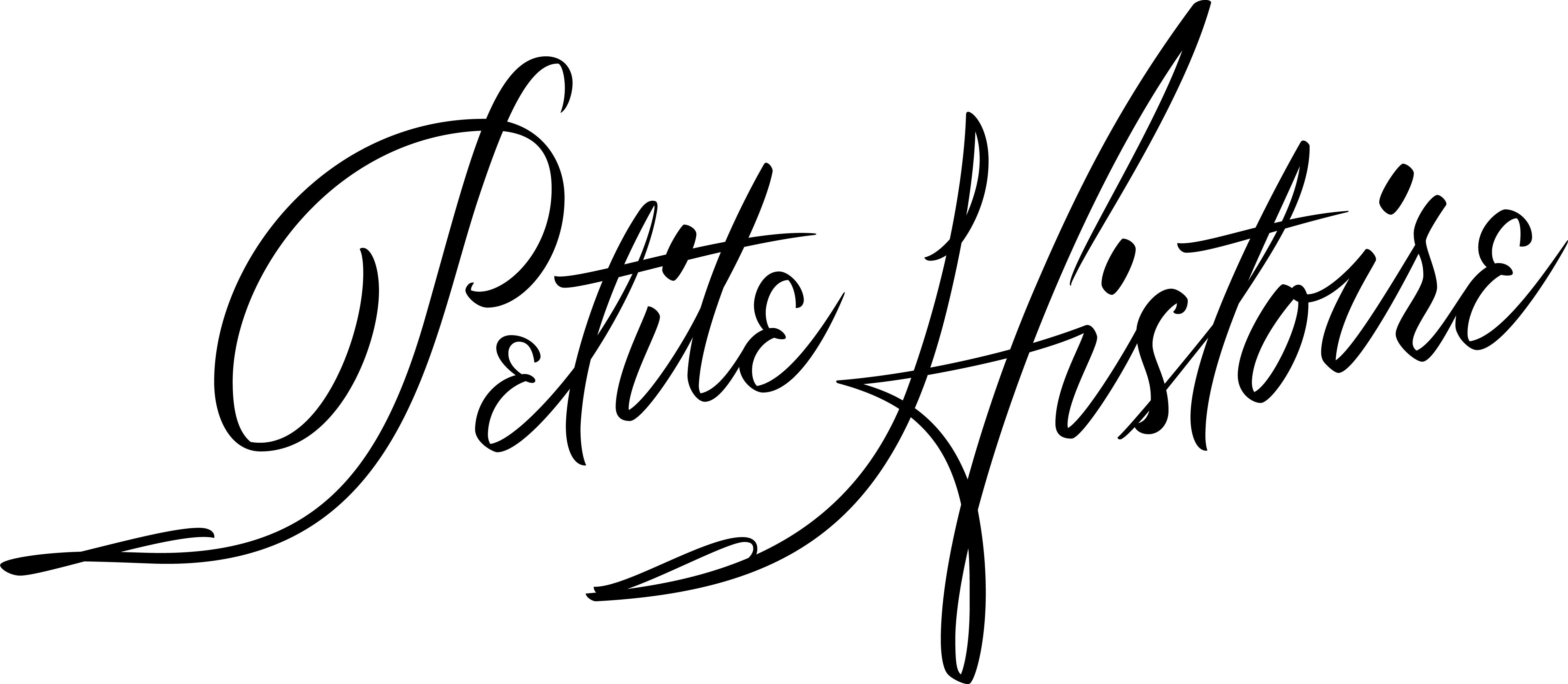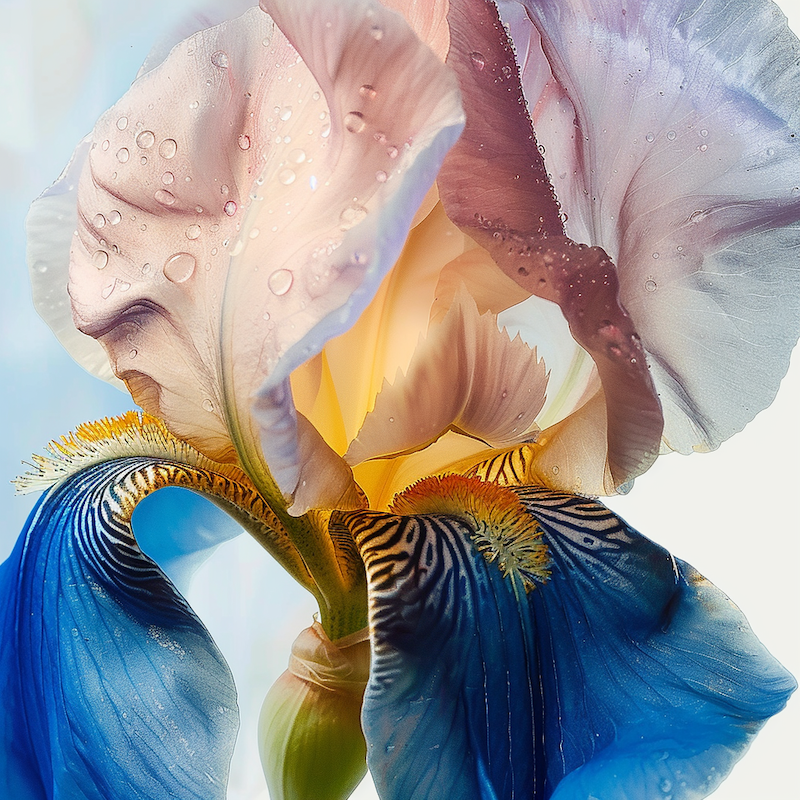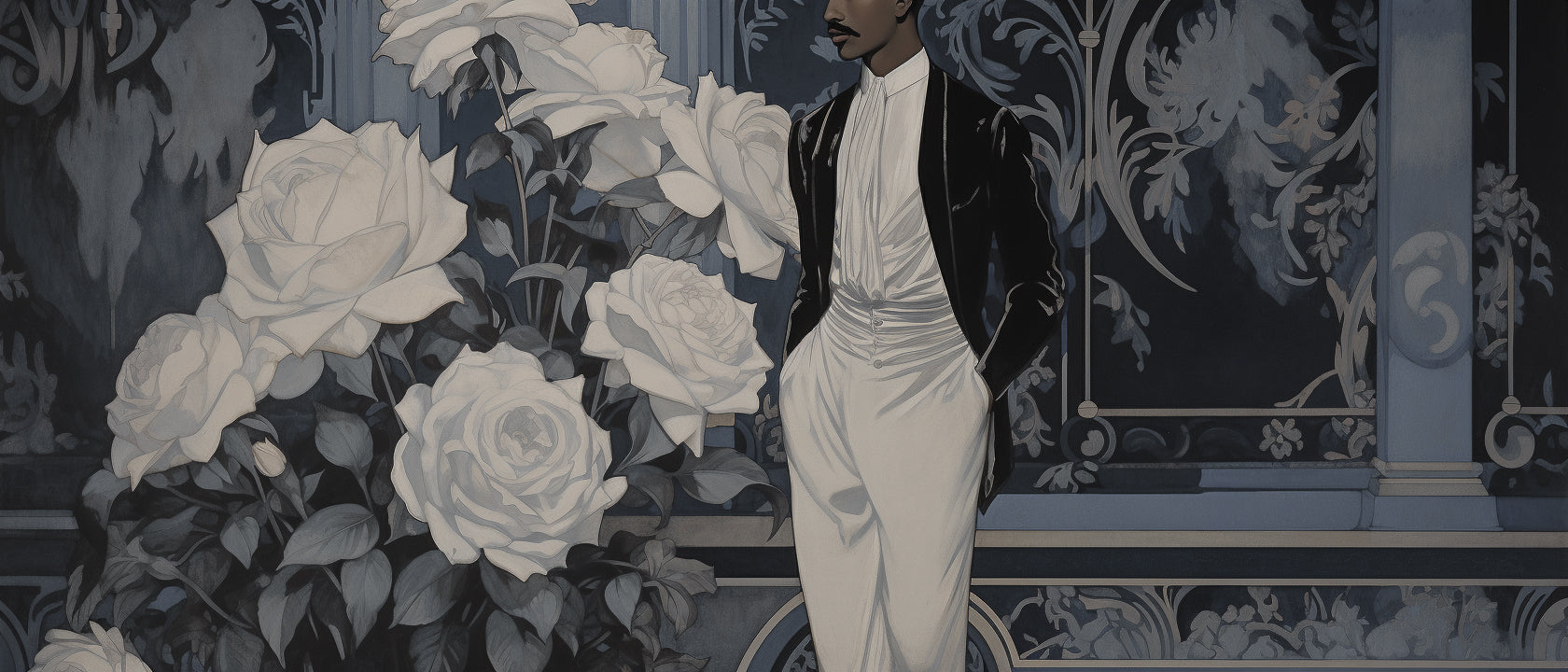
The Archives
Welcome to our living library of scent. Here, we study the origins of perfume ingredients, the culture that surrounds them, and the way fragrance moves through history and skin alike. Each essay traces the life of a material—from soil and harvest to bottle and memory—revealing how chemistry becomes emotion. Expect thoughtful writing on botanical sourcing, perfume rituals, and the artistry of natural composition. Whether you’re a collector, a maker, or simply scent-curious, this is where perfume becomes knowledge, and knowledge becomes seduction.
Frequently asked questions
Perfume begins long before the bottle—it starts in the field, the distillery, the soil itself. The questions we receive most often reveal a shared curiosity: how raw materials become fragrance, why natural perfume behaves differently, and what defines a scent’s origin or authenticity.
This section gathers our most frequently asked questions about perfume ingredients, culture, and craft. Each answer draws from our own atelier practice, bridging chemistry and emotion, nature and design. Think of it less as instruction, more as initiation—a quiet education in the living language of scent.
A natural ingredient comes directly from a plant, resin, or mineral—extracted through distillation, expression, or solvent methods. Unlike synthetics, natural materials contain hundreds of micro-molecules that shift with climate and harvest, giving each batch its own signature. At Petite Histoire, we treat those variations as the soul of the scent, not a flaw.
Because natural perfume reacts to body chemistry, temperature, and even diet. Each wearer acts as part of the formula—heat releases certain molecules sooner, skin pH deepens others. It’s chemistry made personal: your scent is yours alone.
When cultivated responsibly, yes. We partner with growers who use regenerative practices and harvest in rhythm with the land. Our goal is transparency and traceability—from rose fields to sandalwood groves—ensuring beauty never comes at nature’s expense.
We begin with origin stories: where a material grows best, how it’s shaped by soil and weather, and what emotion it evokes. Sourcing is as much anthropology as chemistry. A single flower can smell of sunlight in one place and smoke in another; we choose the one that tells the truest story.
Perfume culture is the intersection of craft, history, and human ritual. It’s the way scent marks time, identity, and emotion—from temple resins to New York ateliers. Our writing explores how fragrance reflects who we are, and how the smallest molecule can carry centuries of memory.
Because understanding materials deepens the pleasure of wearing them. Knowing that orris root sleeps underground for three years before it’s fragrant, or that labdanum once clung to the coats of mountain goats, turns scent from decoration into dialogue.



